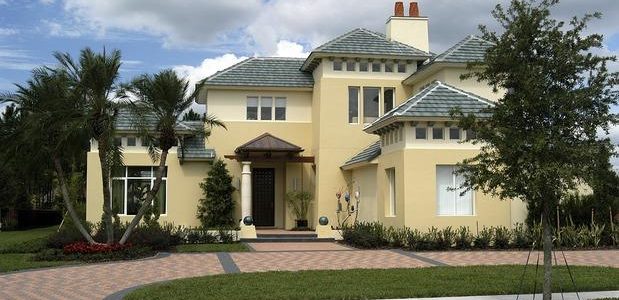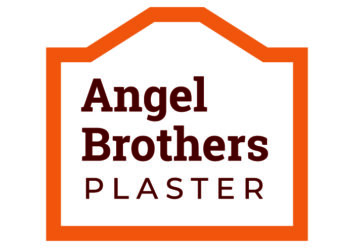
RESIDENTIAL
A
ngel Brothers Residential Stucco & Plaster
Angel Brothers specializes in Residential projects. Our commitment to excellence is showcased by the finished product.
All Residential Bids are presented professionally, in writing, itemized and with all relevant terms. Angel Brothers Plastering strives for the fastest possible turn time for client’s bids.
STUCCO
Stucco is a plaster that dries to a hard dense finish and can be applied to interior or exterior building surfaces. Stucco is popular because it is strong, durable, versatile, cost effective, energy efficient, low maintenance and can be applied over most building materials including wood, brick, steel and concrete.
Plastering is an art. It is the action of applying plaster (stucco) to a wall surface. Although it may sound easy, the skill and technique with which a plasterer applies the plaster will determine the aesthetic outcome of the product. Combine technique, color and texture, and the possibilities are endless. They can even change the appearance of stucco to resemble other materials like wood and metal.

STONE
The use of stone veneer can drastically transform the appearance of a home or building. Much like stucco, stone veneer is durable and offers a tremendous range of aesthetic possibilities. The combination of colors, textures, shapes and sizes make it easy to integrate stone with new or old construction.
There are two types of stone, natural and manufactured. Natural stone is made by nature, quarried and cut to into various shapes and sizes for different uses. Manufactured stone, also known as cultured stone, is manmade. Cement is poured into a mold and then colored to look like real stone. While there is very little visual difference between the two, there are considerations such as the project application due to weight, the cost of the material and installation and the finished look that is desired.

Traditional stucco siding has been used in homes for generations. Around the 1950s, a synthetic stucco siding began to replace traditional stucco in some homes. Also called Exterior Insulation and Finish System (EIFS), synthetic stucco siding can be a terrific alternative, but there are benefits to each.
The Basics
Traditional stucco siding is made from Portland cement, sand, lime, and water. This mixture is applied in three coats over a lath base, or a piece of mesh, and often coated with an expansive acrylic-polymer finish to deter cracking. Synthetic stucco siding, on the other hand, is multilayered. There is a foam insulation board (typically polystyrene), a coat of the synthetic stucco, fiberglass mesh, and then a top coat.
How Can You Tell the Difference?
If you have stucco walls and are unsure whether they are traditional or synthetic, it’s no surprise. They two look almost identical. The way to see is to simply push on the wall. Traditional stucco will be rigid, while the synthetic will be a bit softer. Also, if there is a light fixture, vent, or other hole in the wall (hopefully not made by your child), you will be able to see the layering. If there is wire mesh, it is stucco, if there is foam core, it is synthetic.
Benefits to Synthetic Stucco Siding (EIFS)
Synthetic stucco siding was developed in postwar Europe as a way to patch walls. When builders realized how energy efficient the material was, it was soon used as an alternative to traditional stucco. Because of this, in the 1970s energy crisis it became widely popular. Because of the multiple layering, EIFS is a better insulator than traditional stucco siding. It is also more flexible, allowing ornate keystones, cornerstones and other accents that traditional stucco previously could not hold. And unlike poorly installed traditional stucco, synthetic stucco does not yellow or fade, which occasionally forces homeowners to paint over their stucco.
Web resul
Benefits to Traditional Stucco Siding
The benefits of traditional stucco come in wetter conditions, as it is less likely to absorb water (and be damaged by it) than synthetic stucco siding. Similarly, synthetic stucco is a lighter material. Traditional stucco siding will hold up better to dings, hail, and woodpeckers. And while EIFS is more energy efficient, it is a small matter of degree. Both will be fire resistant, a great barrier to sound and the elements, and both come in a variety of styles and colors.
EIFS is slightly more expensive but the difference in cost is minimal. The benefits of each are best weighed for your own personal need. If you live in a wet area, or have children who like to hit golf balls against your home’s walls, you might consider traditional stucco. If you want to use stucco for ornate design, or are concerned about energy efficiency, you might consider synthetic. If all of the above are true—well, you’ve got to make your own decision of priority
Your Vision. Our Team. Your new Home.

